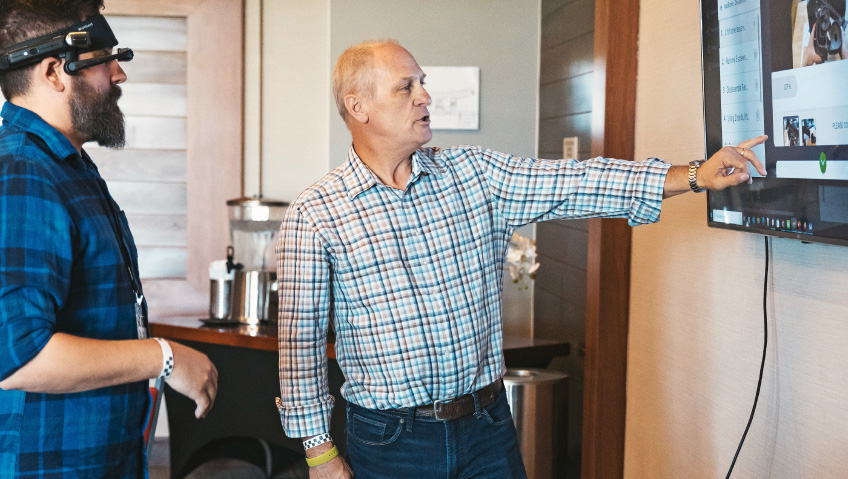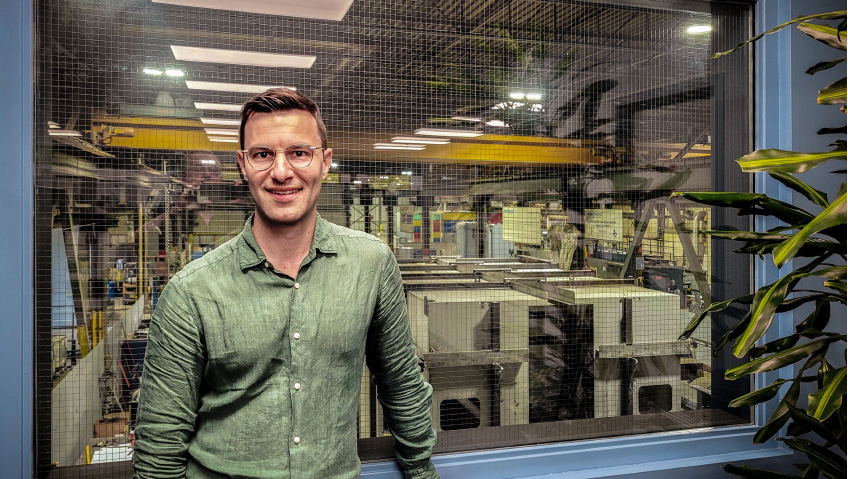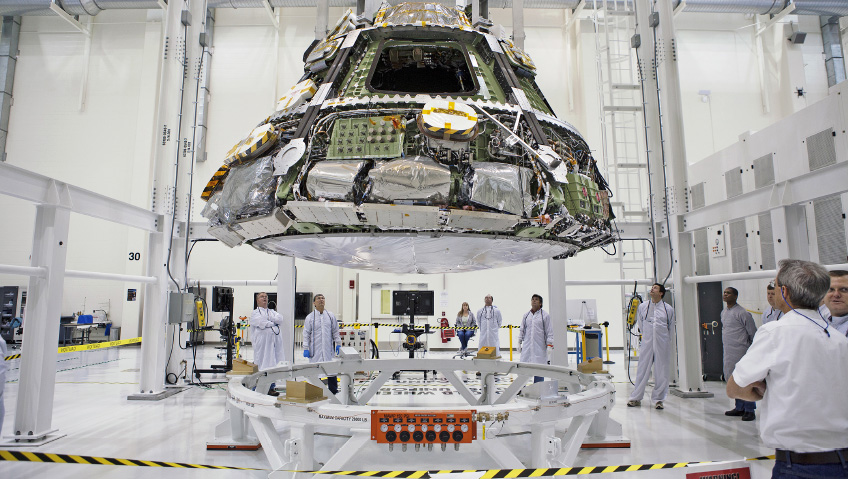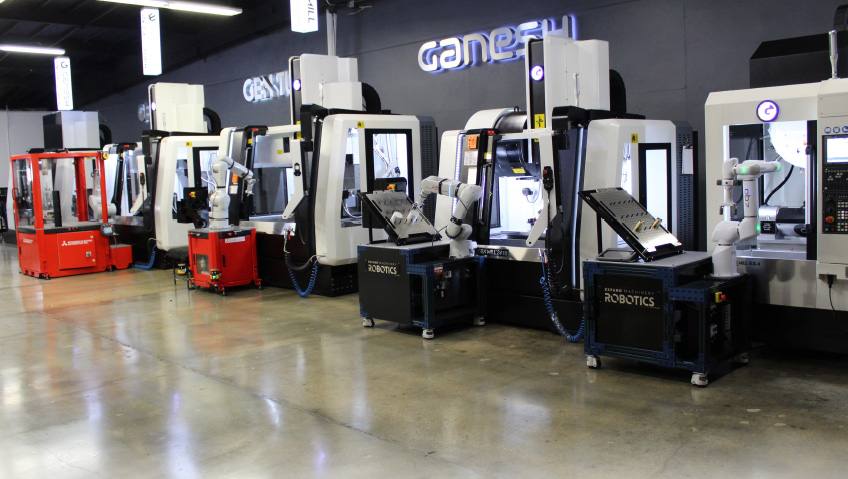“We’re just not as efficient as we should be.” These words, along with worrying about staying ahead of the competition, have kept many a manufacturing CEO awake at night.
However, finding more efficient practices and thus, better products, is not always easy. That’s why many companies have turned to the latest in machine learning and advanced software to gain an edge by improving and optimizing their processes.
But better technology does not come cheaply, and while larger firms can make substantial investments, many smaller ones cannot. So, what do you do when you know the competition benefits from the latest, costly software as part of their design process? The good news is that there is expertise out there to level the playing field for smaller manufacturers.
Good news for products
EAC Product Development Solutions, based in Minneapolis, has been transforming how companies design, manufacture, connect to, and service their products for almost 20 years.
“We’ll go in and help a company, whether through a few web meetings or onsite, for a two- to four-week engagement to help them understand where their problems are in their product development cycle,” explains Chris Woerther, President of the PTC business unit at EAC. “We identify solutions to help them improve and get strong.”
EAC works to solve problems, utilizing software that helps companies develop strategies and finding ways to innovate, optimize, and ultimately create better manufacturing processes and products. That includes using augmented reality (AR) technology to guide customers down the right manufacturing path while bridging gaps in skills. (Note that the U.S. Census Bureau has estimated a potential 2.1 million unfilled positions in manufacturing by 2030 because of the lack of skilled labor.)
AR can train employees, check product quality, and improve accuracy and safety in operations with visual interactions in real time.
For example, workers can use a phone, tablet, or headset to manipulate computer-generated objects in a 3D space, seeing everything as if it were right in front of them. In this way, they can work alongside a remote teammate or follow written or video instructions for repairs and other jobs.
All of this starts with listening to customer needs and challenges. As a plus, the team at EAC knows what it’s like to be a smaller player in the industry. The company’s story starts in 1996 when President and CEO Chris Hathaway left his job with a larger company to start his own firm. Against this backdrop, the EAC team understands that, more often than not, it’s the smaller shops that have innovative ideas, but they are also the ones who are frequently challenged by the resources needed to turn those ideas into reality.
Vital move
The company first offered straight engineering services, but it wasn’t long before Hathaway realized how much impact software could have on product design and finding the efficiencies that make a difference. Now EAC guides companies across all sectors in “cool projects,” from aerospace and transportation to leading-edge medical devices.
An important move for EAC was partnering with PTC, a software company that manages data through a product’s lifecycle. “Keeping data up to date and synced with your product is critical and often a very big pain point for companies of all sizes,” Woerther says. “The partnership was the start of a product lifecycle management system and is the foundation we’ve grown from through the years. Unfortunately, only the bigger companies can take advantage of that. We were adamant about finding ways to help all companies through their entire product development cycle.”
This includes applying IoT (Internet of Things) technology and additive manufacturing to support the 3D printing capabilities of Formlabs and INTAMSYS. EAC also provides clients with service lifecycle management through the Arbortext publishing system, which is used to deliver high-quality information to users about a product’s capabilities.
“The whole point is, we’re always looking for ways to help a company through their entire cycle,” says Woerther. A great example of EAC’s impact is the team’s work with a multi-location manufacturer of custom automation equipment, transforming how its products are developed and tracked.
As Woerther explains, “They relied on paper books, and that was a challenge—not only creating them but keeping them up to date with everything from design to logging issues.” The manufacturer would mark them up on the shop floor, but the updates would not consistently get back to engineering.
There was a significant benefit in closing this efficiency gap, and EAC helped the company to better capture and make the most of its data. “There were many steps in there, but probably the biggest value to them was enabling their builders on the manufacturing floor by getting digital tablets into their hands and giving them digital access to CAD data.”
It might go without saying, but the customer no longer had to produce paper books. The overhaul saved on costs and time while establishing a true closed-loop change process in the design and build lifecycle.
“After these changes,” Woerther says, “when a builder finds a problem now, they digitally log that issue. They can even draw and mark up the problem, make suggestions, and then track and create tasks to ensure that the quality continues to improve.” Analyzing the data and applying the improvements to the process added up to savings of more than a million dollars annually.
Stories like this have gotten EAC noticed and awarded for having “the most impact in digital transformation at scale” by its partner PTC. EAC will also be part of the International Manufacturing Technology Show, or IMTS, in September, where the team will demo its solutions.
A valuable partner
In business since the late 1990s, EAC has seen the market change. Through upturns and downturns, persistence and ingenuity have paid off. During the recession of 2009, many competitors shuttered and clients were also impacted, but EAC continued to find value for them.
“When people are having trouble, the value we offer becomes even more important,” says Woerther. “There were a lot of players early on, but we outperformed and outshined many of those and are one of the top PTC partners in North America today.”
The demand for what EAC provides is only increasing with the emergence of AI as manufacturers become aware of the need to establish a clear digital thread throughout a product’s lifecycle. This includes getting the right information at the right time to the right people.
Impact of AI
Todd Liebenow, Senior Applications Engineer with EAC, talks about the potential impacts of the generative component of AI in manufacturing. “It’s taking intelligence that’s based on requirements for parts and assemblies and actually driving toward an optimal solution that includes the process for manufacturing,” he explains. “For us, it’s about how we can help companies make parts lighter, faster, and cheaper but still satisfy the design requirements.”
With that aim, EAC works through generative design to look at all the requirements for parts and develop an optimal design. “What you specify might not necessarily be manufacturable in the traditional sense, like subtractive manufacturing. But through our partnership with Formlabs, we can help you get there.”
In a hypercompetitive industry, EAC can help smaller manufacturers stand out and turn their innovative designs into high-performance products.
“I challenge people to expand beyond what they know,” Woerther says of communicating what digital transformation can do for companies. “It’s sometimes hard to understand the benefit of product life management technology services. There are so many things out there that can help their business get better. Don’t assume that any one way is the best way.”






